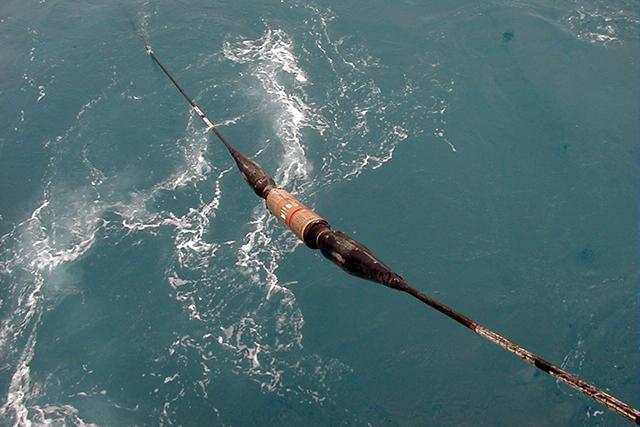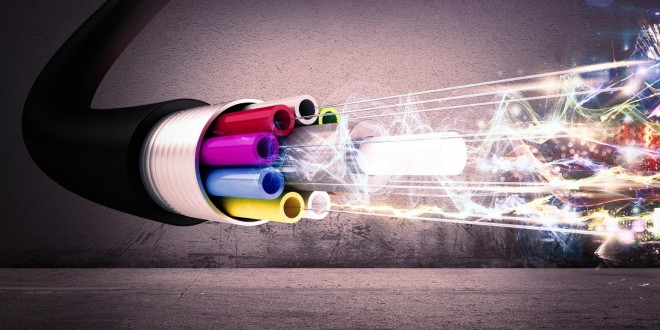



 (4 ratings)
(4 ratings)
Google's mega project of Trans-Pacific Internet cable goes online on Thursday which is just another undersea internet cable financed by Google that will connect Japan with the US. The joint declaration, made today in an official statement from NEC Corporation, says development and testing on the trans-pacific link, named "Faster," was effectively finished and the system is prepared for service. The entire line runs 9,000 kilometers and extends from Oregon to Chiba and Mie prefectures in Japan. In spite of the fact that it lands in three distinct areas, Faster has stretched out associations that are spread in the whole West Coast in the US and major cities of Japan. It additionally has the ability to interface with other significant center points in Asia.

It's noteworthy that the 'Faster' was initially declared in August 2014 and it's the main goal is to enhance intercontinental networking. The members of this group incorporate Google, Global Transit, China Telecom Global, Singtel, China Mobile International, and KDDI. Quicker collaborated with NEC, a Japan-based worldwide systems administration and IT firm, to build the link framework and bring it on the web. Faster is said to be the main trans-pacific link line of its kind equipped for conveying speeds up to 60 terabits per second using a six-fibre pair cable.
Also Read: Facebook, Microsoft Joined Hands For Undersea High-Speed Internet Cable
"From the very beginning of the project, we repeatedly said to each other, ‘faster, Faster and FASTER’, and at one point it became the project name and today it becomes a reality," Hiromitsu Todokoro, chairman of the Faster management committee, said in a press release. "This is the outcome of six members’ collaborative contribution and expertise together with NEC’s support." For companies like Singtel, Google, and others, increasing network capacity and bit rates is integral to growing businesses that rely on fast, reliable, and ubiquitous internet connections.

This isn't Google's first undersea link as the organization has put resources into two other undersea links that associate the US to South America, Japan, and different parts of Asia. These sorts of links open up the overall connectivity and network speeds. The tasks is also a part of the Google pursuit to possess more worldwide systems administration, at both the global and local level.
Also Read: Google Internet balloon enters Sri Lanka for Project Loon tests
The Google Fiber division, which now works as a standalone Alphabet backup, concentrates on conveying fast web access to significant US markets to rival conventional broadband suppliers that are unwilling or not able to overhaul their networks. There's additionally Project Loon, an exploratory activity under Google's X lab that is attempting to convey Wi-Fi to remote locations of the Earth utilizing hot air balloons.
Must Visit Our Google+ Community Page For Latest And Updated Technology Happenings Around The Globe.